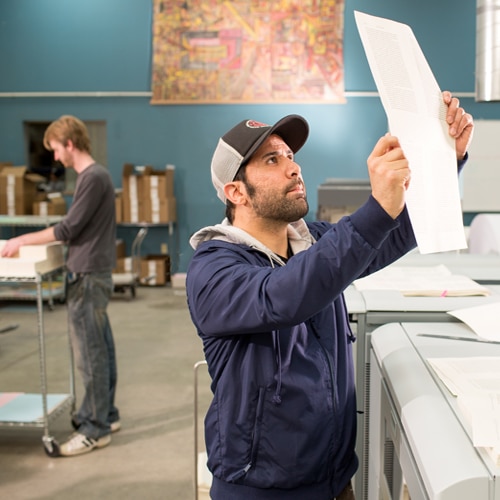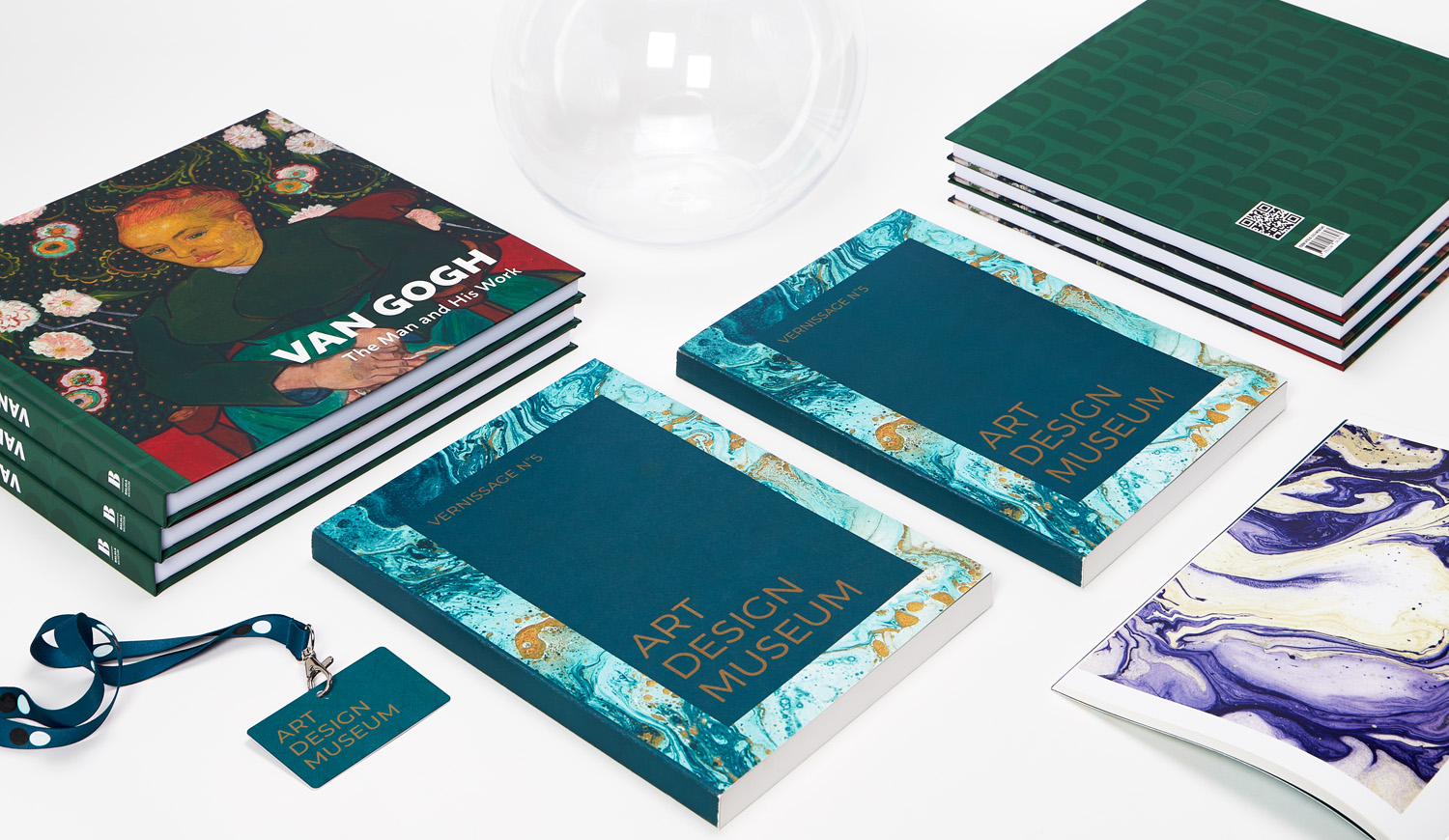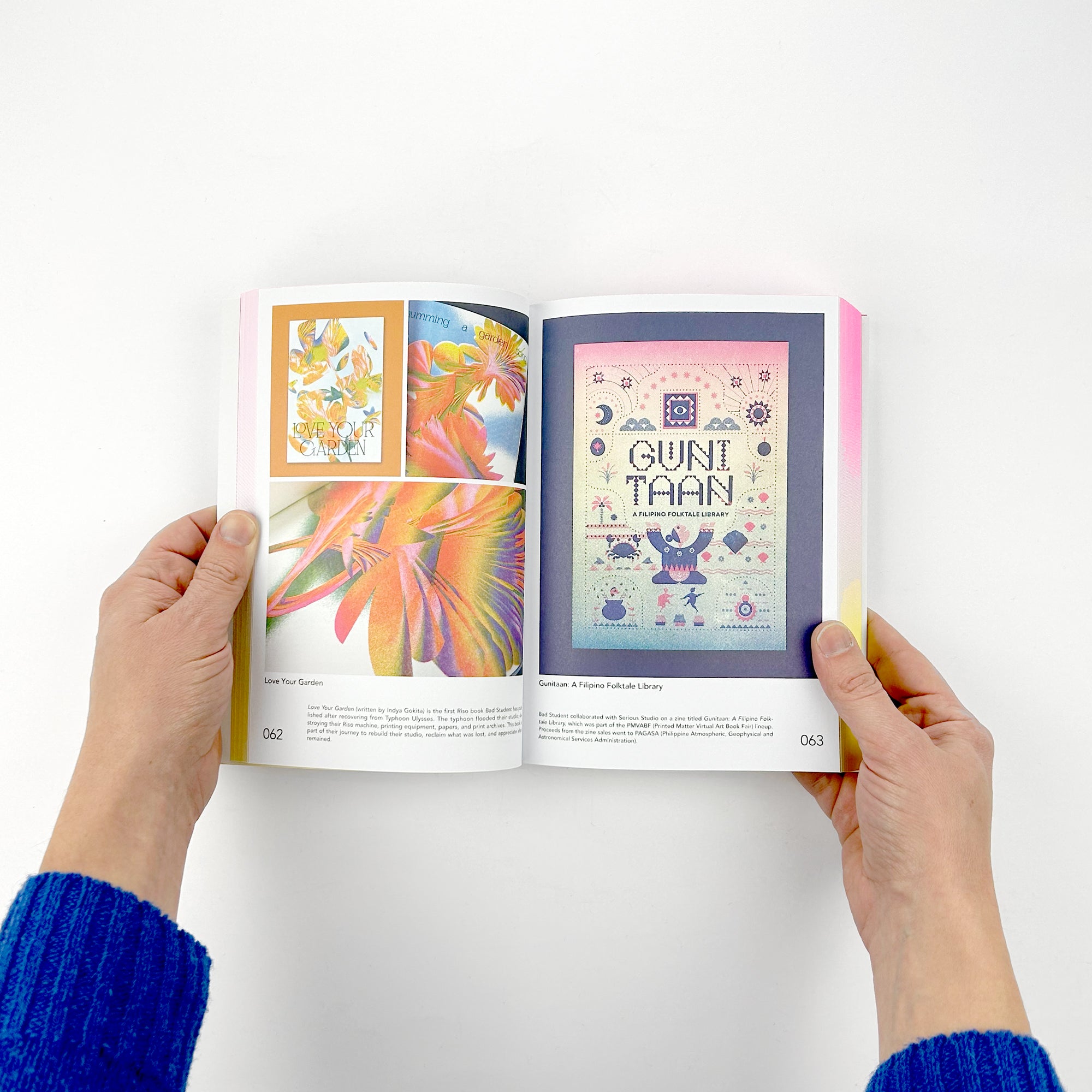Recognizing the Process Behind Top Quality Art Book Printing for Art Enthusiasts
When it comes to top quality art book printing, comprehending the ins and outs of the procedure can raise your admiration for the final product. As you check out the various parts of art book printing, you'll reveal understandings that can change your point of view on art preservation and presentation.
The Importance of Paper Option in Art Book Printing
When it comes to art book printing, the selection of paper can make or break the end product. You want your art work to shine, and the appropriate paper boosts color vibrancy and detail. Think about factors like weight, structure, and coating; these elements substantially influence exactly how readers regard your job.
For instance, a larger stock communicates top quality and longevity, while a distinctive coating can add deepness to images. Smooth paper is excellent for comprehensive recreations, enabling great lines and subtle shades to show up crisp.
Do not forget the paper's brightness; a brighter sheet can assist shades pop, making your art more captivating. You'll also desire to think regarding exactly how the paper connects with inks and whether it can handle the printing procedure without contorting or bleed-through. Ultimately, selecting the ideal paper sets the stage for your art, guaranteeing it catches the target market's interest equally as you pictured.
Selecting the Right Inks for Dynamic Reproductions
Picking the right inks is equally as essential as selecting high quality paper to achieve vivid recreations in your art book. When you're publishing artwork, you desire shades that stand out and properly represent the original piece. Choose for inks with a high pigment concentration; these have a tendency to create richer and much more saturated shades.
You may take into consideration using archival inks, which stand up to fading in time, guaranteeing your art book stays as striking as the day it was published. If you're functioning with pictures or electronically developed art, pigment-based inks can give a broader color range, boosting detail and deepness.
Don't ignore the coating! Matte and glossy inks can significantly modify the appearance of your art work, so think of the look you're intending to accomplish - art book. Eventually, the appropriate ink option matches your paper option, creating a magnificent aesthetic experience for your visitors
The Role of Shade Administration in Publish Quality
Color administration plays an essential duty in accomplishing high print top quality for your art book. It assures that the shades you see on your display equate precisely to the printed web page. Without effective color monitoring, your vibrant artworks may appear dull or distorted, threatening your innovative vision.
Next off, utilize shade profiles customized for your printer and paper type. These accounts lead the printer in reproducing shades accurately, lowering discrepancies in between digital and published versions.
When you prepare your data, consider utilizing a color room like Adobe RGB or CMYK, depending on your printer's specs. Always evidence your work, too; an examination print can disclose any kind of potential shade issues prior to the final run. By prioritizing shade administration, you safeguard the honesty of your art, assuring your audience experiences it as you meant.

Understanding Different Binding Techniques
Achieving the excellent appearance for your art book goes beyond color monitoring; binding strategies additionally play a significant duty in its total discussion and durability. You have several options to assess, each with its own one-of-a-kind features.
If you're going for an expert feeling, case binding uses a sturdy choice with a hard cover, perfect for showcasing your artwork. On the other hand, perfect binding offers a flexible spine while maintaining expenses down, making it a popular option for softcover books.
Spiral binding permits your art book to lay flat, which is fantastic for presenting images without obstruction. At the same time, saddle stitching is optimal for smaller pamphlets, offering a clean surface without the mass.
Ultimately, the binding technique you select should show your creative vision and just how you desire viewers to involve with your job. Make certain to evaluate these alternatives very carefully to attain the most effective outcome for your project.
The Impact of Publish Dimension and Layout on Discussion
While the option of print dimension and layout may appear secondary to content, they significantly affect how your art work is perceived. The dimensions of your prints can either boost or diminish the impact of your pieces. Bigger prints can attract visitors in, allowing them to appreciate complex information, while smaller formats could need even more intimate interaction.

Conservation Strategies for Long-lasting Art Books
To guarantee your art publications stand the test of time, it's crucial to apply effective conservation strategies. Use acid-free storage space boxes or protective sleeves to secure them from dirt and physical damage.
When managing your publications, constantly clean your hands or wear cotton handwear covers to avoid oils and dust transferring onto the web pages. Avoid bending or creasing the spinal columns; rather, use book sustains when showing them.
For added defense, think about purchasing archival-quality products for any type of fixings or enhancements. Regularly inspect your collection for indications of wear or damage, resolving concerns quickly. By following these straightforward approaches, you can guarantee your art books stay vibrant and available for many years to find, maintaining their beauty and value for future generations.
Teaming up With Printers for Ideal Results
When you prepare to publish your art book, choosing the ideal printer my website is important to read what he said achieving your vision. Clear interaction regarding your assumptions and needs will assist guarantee that both you and the printer are on the very same page. Allow's explore how to make this collaboration as seamless and reliable as possible.
Choosing the Right Printer

Efficient Communication Approaches
Effective interaction is necessary for transforming your art book vision into truth, especially when collaborating with printers. art book. Begin by clearly describing your job's objectives, including style components, preferred materials, and any kind of certain printing strategies. Do not think twice to share your ideas and recommendations; this helps the printer comprehend your visual
Set up routine check-ins to review development and address any concerns. Usage visuals, like mock-ups or samples, to share your concepts better. Be open to responses, as printers typically have beneficial insights that can boost your job. Ultimately, maintain a favorable partnership by being considerate and appreciative of their competence. This collaboration will certainly assure that your art book meets your assumptions and radiates in its final form.
Often Asked Inquiries
What Prevail Mistakes to Prevent in Art Book Printing?
When printing your art book, prevent common errors like poor resolution pictures, inaccurate color profiles, and overlooking look these up page format. Don't forget to proofread and confirm details to confirm your end product meets your expectations.
Just How Does Digital Printing Differ From Typical Printing Approaches?
Digital printing uses electronic files to develop prints straight, enabling quicker turnaround and personalization. On the other hand, typical techniques entail physical plates, which can be time-consuming and less flexible for small runs or distinct designs.
What Is the Typical Turn-around Time for Art Book Printing?
The typical turn-around time for art book printing differs, yet you can expect it to take anywhere from a few weeks to several months. Elements like complexity, quantity, and printing approach all affect this timeline.
Can I Publish a Minimal Version Art Book Financially?
You can publish a restricted edition art book financially by selecting affordable materials, optimizing print runs, and using digital printing choices. Mindful preparation and budgeting will certainly aid you attain top quality without overspending.
What Are the Ecological Considerations in Art Book Printing?
When taking into consideration art book printing, you must consider environment-friendly products, lasting inks, and energy-efficient processes (art book). Selecting neighborhood printers can additionally minimize your carbon footprint, making your project both attractive and environmentally accountable